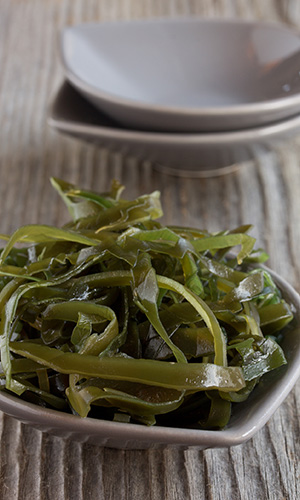Get Easy Health Digest™ in your inbox and don’t miss a thing when you subscribe today. Plus, get the free bonus report, Mother Nature’s Tips, Tricks and Remedies for Cholesterol, Blood Pressure & Blood Sugar as my way of saying welcome to the community!
Why the Japanese eat seaweed daily (and you should, too)

Kelp
No Japanese pantry is complete without kelp, also known as kombu. It’s used in soups, or eaten steamed. There are actually more than ten species of this seaweed, each with its own characteristic flavor.
Kombu can be found fresh, dried, pickled and frozen in many Asian markets. It’s rich in calcium, iodine, and antioxidants.
Kelp has achieved something of a delicacy status here in the West. Believe it or not, a brewing company in British Columbia has recently brewed a Kelp Stout, which they describe as having a “dark chocolate and sea salt” flavor.












